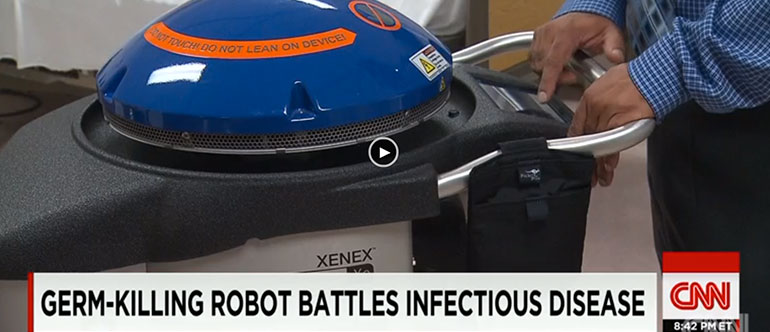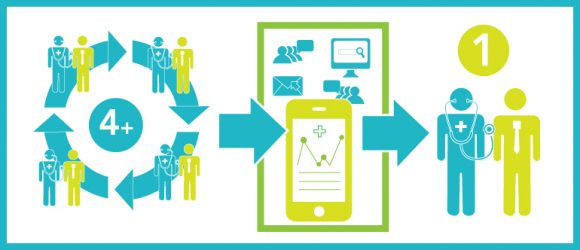“X” Marks the Spot: Urgency Sheds Light on Ancillary Technology’s Role in Fighting Contagion

It’s long been said that necessity is the mother of invention. Now we can say that necessity is also the mother of adoption. Along with the rush to develop vaccines against Ebola, it’s apparent that the urgency to prevent epidemic spread may spur innovation beyond direct treatment.
I just read – with amazement – about the Gigi robot that uses xenon to cast ultraviolet light to kill germs on contact… with 99.9% efficiency! The robot, whose technology has in fact been around for a few years, was reportedly used by the beleaguered but indefatigable Texas Health Presbyterian Hospital to clean an Ebola treatment area.
You can be sure that hospitals and other types of treatment facilities will now be taking a closer look at adopting this technology – and not just for Ebola but also MRSA and other infectious threats that apparently did not “merit” such investment previously.
Implementation of Gigi is already being considered by airlines, too. How long before other mass transit organizations and public facilities jump on board? This may be just the beginning of other applications and further adaptation of the technology in years to come.
Gigi, made by Xenex Disinfection Services, has the potential to become a case study on how the perfect storm of innovation, demand and marketing may push a relevant technology into widespread adoption. The story also illuminates the value of non-pharmaceutical innovation in the fight against contagion. If this proves true, Ebola 2014 may become as remembered for the lives it ultimately caused to be saved as the ones it has tragically taken.









